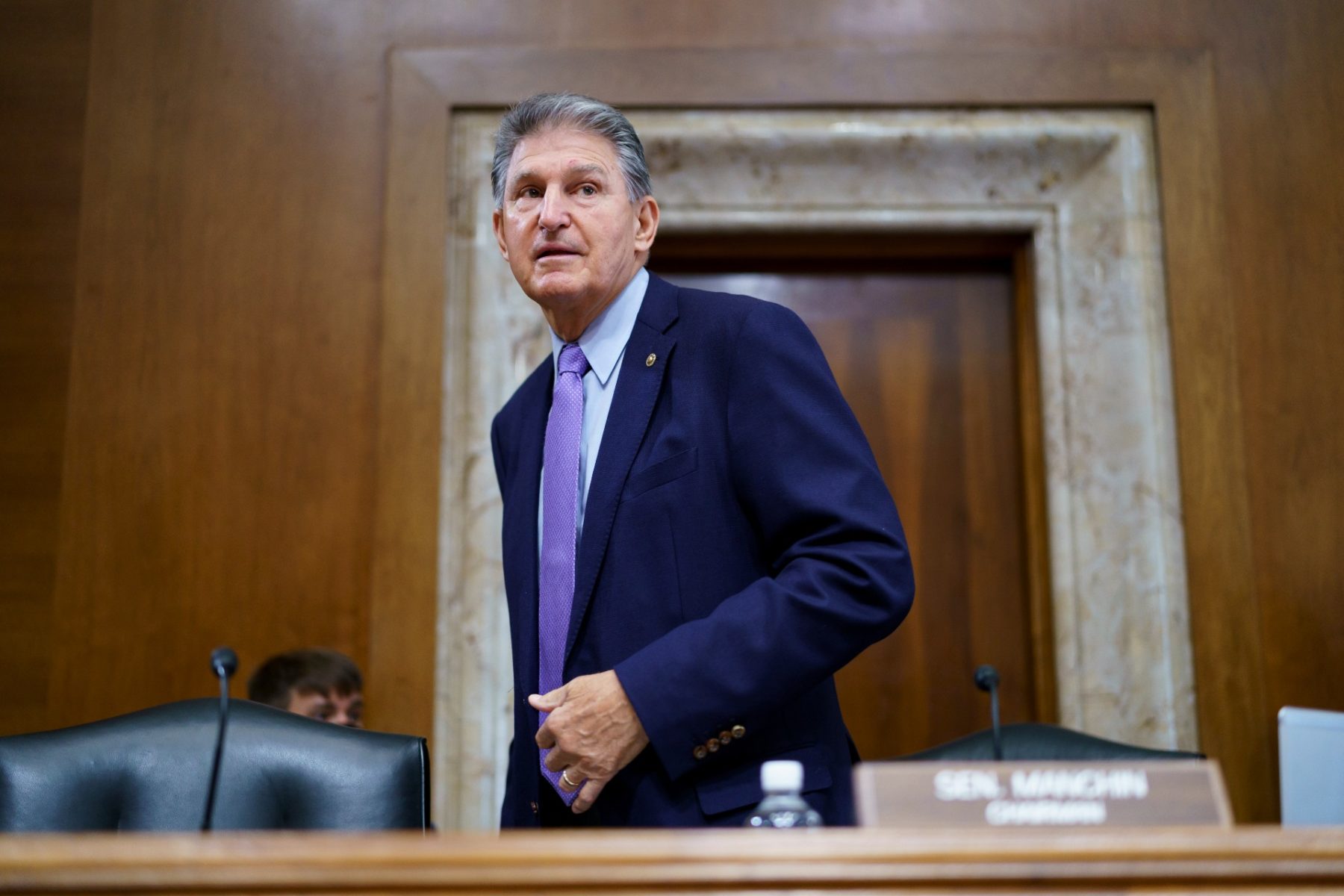
At 10am this morning, the House Ways and Means Committee began its markup process on the Build Back Better Act, the Democrats’ major spending package on social services and infrastructure investments. As the top House tax-writing committee designs the revenue sources to go toward programs like paid family and medical leave and expanded Medicare benefits, four other House committees are starting days of work amending and voting on bills in their jurisdictions to be included in the budget plan that would start next year.
The resulting legislation, which is now being waged war against by business lobby groups led by the U.S. Chamber of Commerce, is being threatened in the House by a group of conservative Democrats who raise a large share of their contributions from corporate PACs and aim to kill it, raising ostensible objections to its spending amounts. It would be put forward in the Senate as an omnibus reconciliation package that would be protected from filibusters under special rules on legislation that impacts spending and revenues.
As part of the social spending plan, President Biden had consistently pledged not to increase taxes for individuals earning less than $400,000, and some tax experts told CNBC in June that the plan largely lives up to that promise. How, then, can Americans think about the total national cost of the Biden administration’s proposed spending plan?
Headlines in outlets like CNN, the New York Times, HuffPost, and Fox News have all used the figure of $3.5 trillion: the spending authorized by the Senate Democrats’ budget resolution, adopted on Aug. 11 in an early morning vote. Summaries of the Democrats’ budget framework in the NYT recently described the bill as “vast,” in CNBC as “massive,” in NPR as a “huge hike,” and in Fox News as a “liberal wish list.”
The $3.5 trillion top-line is indeed the number frequently cited by the White House, Democratic congressional leaders, and progressives in Congress alike. Representing a compromise already to Senate Budget Committee Chair Bernie Sanders, the number is reportedly beyond the ken of Energy and Natural Resources Committee Chair Joe Manchin, the former West Virginia state chair of right-wing lawmaking group ALEC who seeks to knock a couple trillion off the total along with Chamber ally Sen. Kyrsten Sinema. Republicans like Florida Sen. Rick Scott, for their part, tend to throw the term “reckless” at the spending number.
But $3.5 trillion is an estimate of the budget plan’s gross spending over 10 years, ignoring revenue increases and other planned spending reductions, not a calculation of net cost. Late last month, the nonpartisan Center on Budget and Policy Priorities (CBPP) wrote that the package’s net cost would be $1 trillion to $1.75 trillion over a decade, which as a share of the anticipated $24 trillion GDP in 2022 and beyond would come to a total of only 0.3 to 0.6 percent of GDP over 10 years.
That’s a sum that can be financed, given projected interest rates. For comparison, CBPP President Sharon Parrott wrote, Bush’s 2001 tax cuts amounted to 1% of GDP over ten years. Put another way, the gross costs of the Trump tax cuts of late 2017 were $5.5 trillion, but the Republican tax cuts for the wealthy and large corporations were typically reported as costing under $2 trillion. (Trump himself preferred citing the larger, gross amount of revenue cuts in the media.)
Simply averaging the higher net cost estimate over a 10-year budget window, $175 billion per year is less than the roughly $188 billion that the U.S. paid in 2020 to just three defense contractors: Lockheed Martin, Raytheon, and Boeing. In 2019, the Department of Defense spent half its budget, around $370 billion, on contracting, often without a competitive bidding process, according to Pentagon watchdogs. The 10-year net costs of Senate Democrats’ budget plan would come in far under the $2.3 trillion spent on the wars in Afghanistan and Pakistan, according to a recent tally from Costs of War.
In the context of a $6 trillion proposed budget for FY22 and a projected cumulative GDP of $288 trillion over the coming decade, Americans might find $175 billion in annual net costs going toward uses like expanded public education and climate resilience to be productive national investments.
For more behind-the-scenes lobbying around public expenditures, get the free Sludge newsletter.
